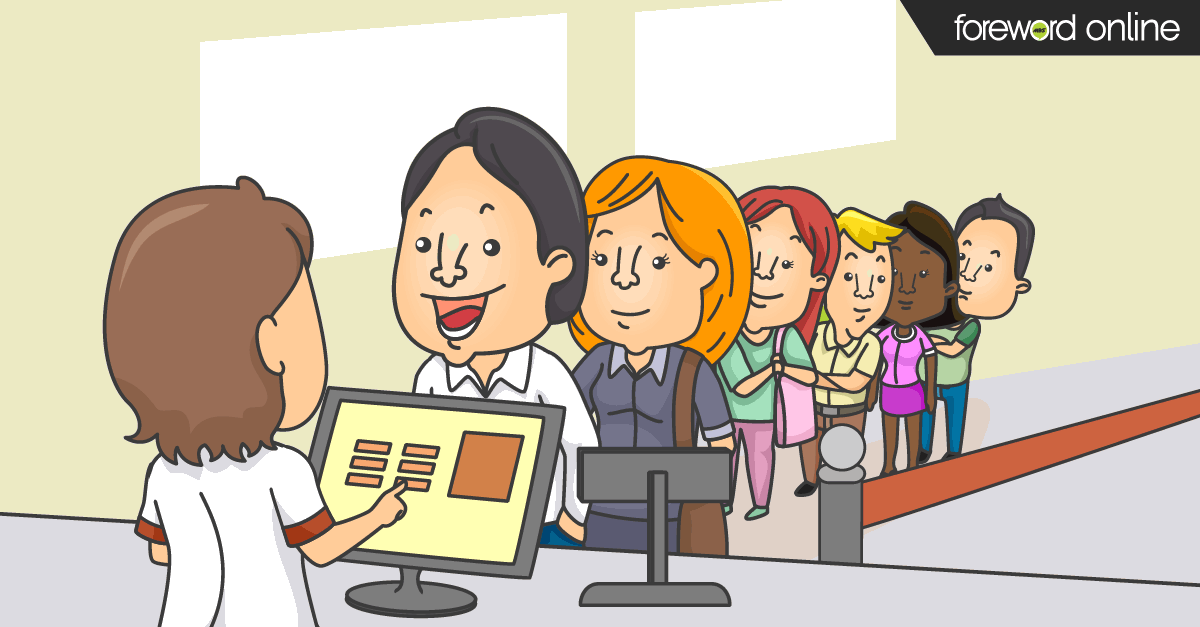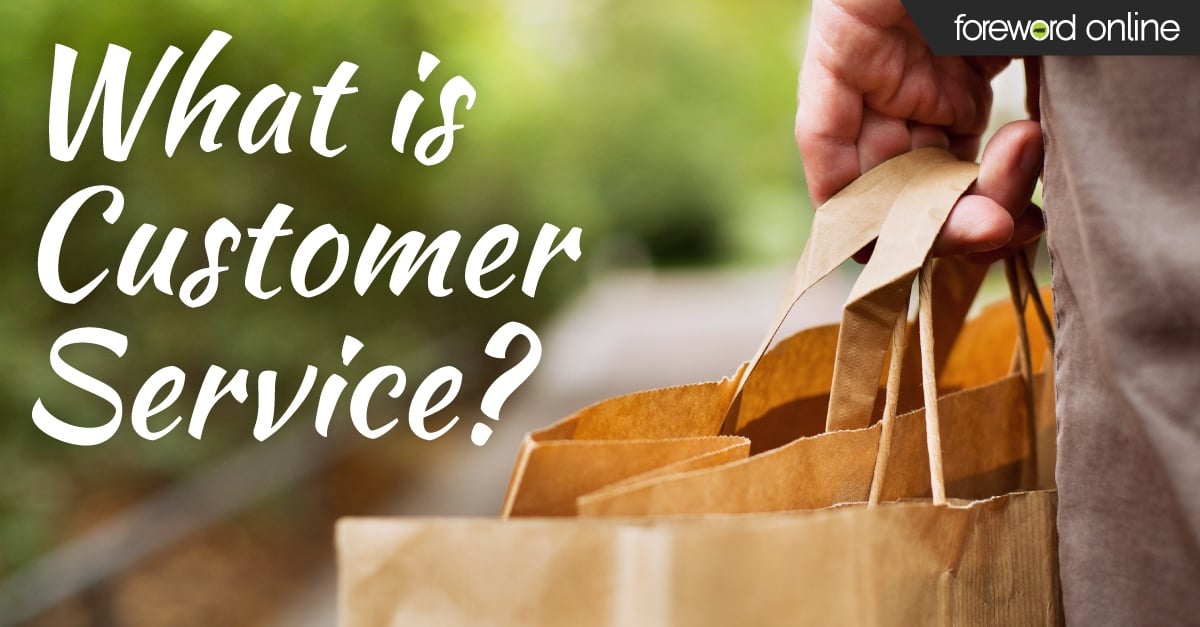Finding ways to improve your store’s customer service is a matter of survival. Customer experience is a trendy buzzword in retail: it is a critical shift in perspective. Young consumers are abandoning brand loyalty, letting their individual experiences direct where they will spend their time and money. That decision comes down to their experience with your store, whether in-person or online.
 What is the difference between customer service and the customer experience? At its most basic, customer service is reactive. When there is a problem or complaint, customer service resolves the issue so the customer leaves satisfied. The customer experience, on the other hand, is proactive. It is looking at your store and determining ways you can prevent the customer from experiencing the problem in the first place or finding ways to ensure their shopping experience is better.
What is the difference between customer service and the customer experience? At its most basic, customer service is reactive. When there is a problem or complaint, customer service resolves the issue so the customer leaves satisfied. The customer experience, on the other hand, is proactive. It is looking at your store and determining ways you can prevent the customer from experiencing the problem in the first place or finding ways to ensure their shopping experience is better.
With the customer experience in mind, here are five common retail complaints and ways your store can solve the problem.
- Cost
Problem: The cost of course materials will always be a tension point between students and the college store. Students balk at paying $600 for a single textbook and points the finger of blame at their college store.
Solution: The more choices you can offer students in their course materials the better. New, used, rentals and digital, offer all of the options and let the student choose the best product for them. Solutions like electronic shelf tags are gaining traction because they give students more clarity by displaying levels of pricing and minimizing internal costs.
Another way is to face the problem head-on with transparency. Stores do everything they can to lower the cost of course materials — such as increasing the number of used books available, offering rentals and reducing their markup — but is the campus community aware of your efforts? Madison College’s bookstore manager discovered when he attended a student affairs meeting that people didn’t know about the store’s efforts or understand how the market worked. Make sure the store is included in the campus discussions about course materials and they are informed on how you are working on behalf of the students to keep costs down. - Long Waits
Problem: A frequent complaint with brick-and-mortar stores is the wait time. Whether it is waiting for someone to assist them on the floor or waiting in line to checkout, people are impatient.
Solution: Technology offers solutions for this problem. Choosing the right POS can affect the transaction time, which has a huge impact on the customer experience. Convenience is as important as cost to many students. Faster checkout times in and out of your store gives you a competitive advantage.
This year’s MVP at ICBA, University of Colorado Boulder, invested in innovative tools like a quick swipe booklist kiosk for their students. With a simple swipe of a student ID, the student can print off a class schedule with the course materials listed for each class and where to find it on the shelves. - Insecure transactions
Problem: When major companies have security breaches and millions of the customers have information compromised, consumers and businesses alike become more aware of security risks. Customers expect stores are doing everything in their power to ensure their information is secure.
Solution: Once a customer’s information has been compromised after visiting a store or website, the customer’s faith in the company is damaged. Make sure you protect your store’s reputation and your customers’ privacy by reducing risks and offering secure technologies and protocols for transactions. Point-to-Point Encryption renders data unreadable between the card terminal and your processor’s data center, and tokenization securely stores data by tokenizing the identifier created from the P2PE interaction, giving you peace of mind. - Uninformed staff
Problem: It is frustrating to go into a store and ask a question that the employee can’t answer. The longer the customers have to wait for a manager to help them with their issue, the larger their annoyance at being inconvenienced becomes. Therefore the problem escalates.
Solution: Educate the staff on products you sell, how to handle tense customer situations and how to use the store’s system to offer better, efficient service. MBS Systems Training is dedicated to offering college stores extensive training on their MBS system. Iowa State University has adopted the GIFT program to set a clear customer service expectations for all staff members. GIFT stands for: Greet, Inquire and inform, Finish the details and Thank the guest. When hiring they focus more on attitude than skill — skills can be taught through training. - Convenience
Problem: Having a great brick-and-mortar store isn’t enough to guarantee customer retention. Businesses with a weak omnichannel strategy only have a 33% customer retention rate, whereas those with the strongest omnichannel engagement average 89% retention.
Solution: Your website and store should work seamlessly with one another, providing consumers with a shopping experience that can happen at any time, from any location or device, and with the utmost convenience to the customer.
Recently, I logged into my cell phone company’s website, trying to figure out why I received an email alert that didn’t make sense with my current plan. Every couple minutes the site booted me out and I had to start over. By the time I got an answer, I was ready to go to a new carrier. My initial inclination to throw my hands up in the air and walk away was changed because the customer service representative I eventually spoke with did a great job.
A bad experience with your online channels can lead to a lost customer just as easily as a bad experience in the store. That’s why it is important to have a strong, user-friendly website with excellent customer support. (Why Omnichannel is Do or Die in Today’s Market)
Finding ways to enhance the customer’s experience with your store makes sense. Everyday there are more companies giving consumers options on where and how to buy merchandise. Give your customers a great experience that makes them want to come back time and time again.





